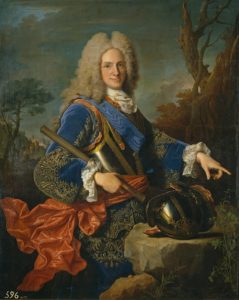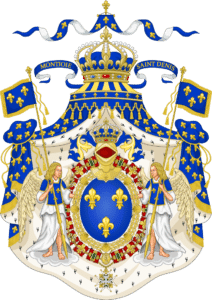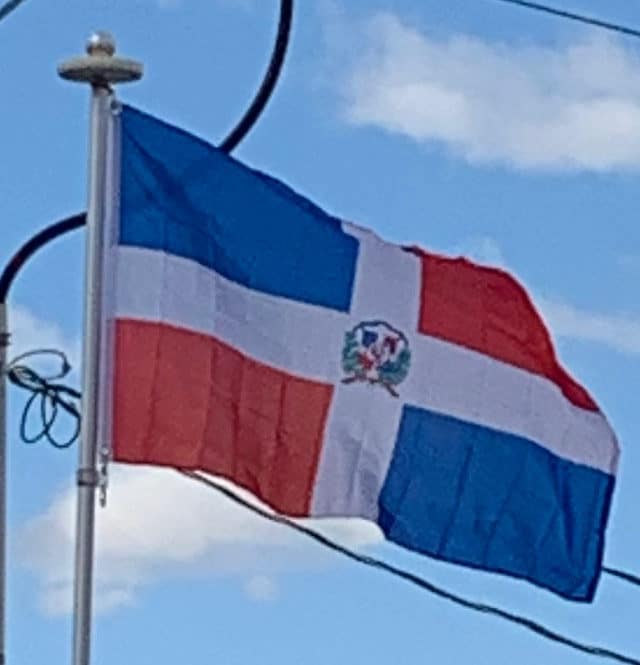
Island tensions subsided once peace was restored and Spain’s last Habsburg monarch—the deformed invalid Charles II—died on 30 November 1700, being succeeded by the sixteen-year-old French Bourbon princeling Philip of Anjou.
18th Century:
The House of Bourbon replaced the House of Habsburg in Spain in 1700 and introduced economic reforms that gradually began to revive trade in Santo Domingo. The crown progressively relaxed the rigid controls and restrictions on commerce between Spain and the colonies and among the colonies. The last flotas sailed in 1737; the monopoly port system was abolished shortly thereafter. By the middle of the century, the population was bolstered by emigration from the Canary Islands, resettling the northern part of the colony and planting tobacco in the Cibao Valley, and importation of slaves was renewed. The colony of Santo Domingo saw a population increase during the 17th century, as it rose to about 91,272 in 1750. Of this number approximately 38,272 were white landowners, 38,000 were free mixed people of color, and some 15,000 were slaves. This contrasted sharply with the population of the French colony of Saint-Domingue (present-day Haiti) – the wealthiest colony in the Caribbean and whose population of one-half a million was 90% enslaved and overall seven times as numerous as the Spanish colony of Santo Domingo. The ‘Spanish’ settlers, whose blood by now was mixed with that of Tainos, Africans and Canary Guanches, proclaimed: ‘It does not matter if the French are richer than us, we are still the true inheritors of this island. In our veins runs the blood of the heroic conquistadores who won this island of ours with sword and blood.’

When the War of Jenkins’ Ear between Spain and Britain broke out in 1739, Spanish privateers, particularly from Santo Domingo, began to troll the Caribbean Sea, a development that lasted until the end of the eighteenth century. During this period, Spanish privateers from Santo Domingo sailed into enemy ports looking for ships to plunder, thus harming commerce with Britain and New York. As a result, the Spanish obtained stolen merchandise—foodstuffs, ships, enslaved persons—that were sold in Hispaniola’s ports, with profits accruing to individual sea raiders. The revenue acquired in these acts of piracy was invested in the economic expansion of the colony and led to repopulation from Europe. As restrictions on colonial trade were relaxed, the colonial elites of St. Domingue offered the principal market for Santo Domingo’s exports of beef, hides, mahogany, and tobacco. With the outbreak of the Haitian Revolution in 1791, the rich urban families linked to the colonial bureaucracy fled the island, while most of the rural hateros (cattle ranchers) remained, even though they lost their principal market. Although the population of Spanish Santo Domingo was perhaps one-fourth that of French Saint-Domingue, this did not prevent the Spanish king from launching an invasion of the French side of the island in 1793, attempting to take advantage of the chaos sparked by the French Revolution. French forces checked Spanish progress toward Port-au-Prince in the south, but the Spanish pushed rapidly through the north, most of which they occupied by 1794.
